
Writing With a Broken Tusk
Writing With a Broken Tusk began in 2006 as a blog about overlapping geographies, personal and real-world, and writing books for children. The blog name refers to the mythical pact made between the poet Vyaasa and the Hindu elephant headed god Ganesha who was his scribe during the composition of the Mahabharata. It also refers to my second published book, edited by the generous and brilliant Diantha Thorpe of Linnet Books/The Shoe String Press, published in 1996, acquired and republished by August House and still miraculously in print.
Since March, writer and former student Jen Breach has helped me manage guest posts and Process Talk pieces on this blog. They have lined up and conducted author/illustrator interviews and invited and coordinated guest posts. That support has helped me get through weeks when I’ve been in edit-copyedit-proofing mode, and it’s also introduced me to writers and books I might not have found otherwise. Our overlapping interests have led to posts for which I might not have had the time or attention-span. It’s the beauty of shared circles.

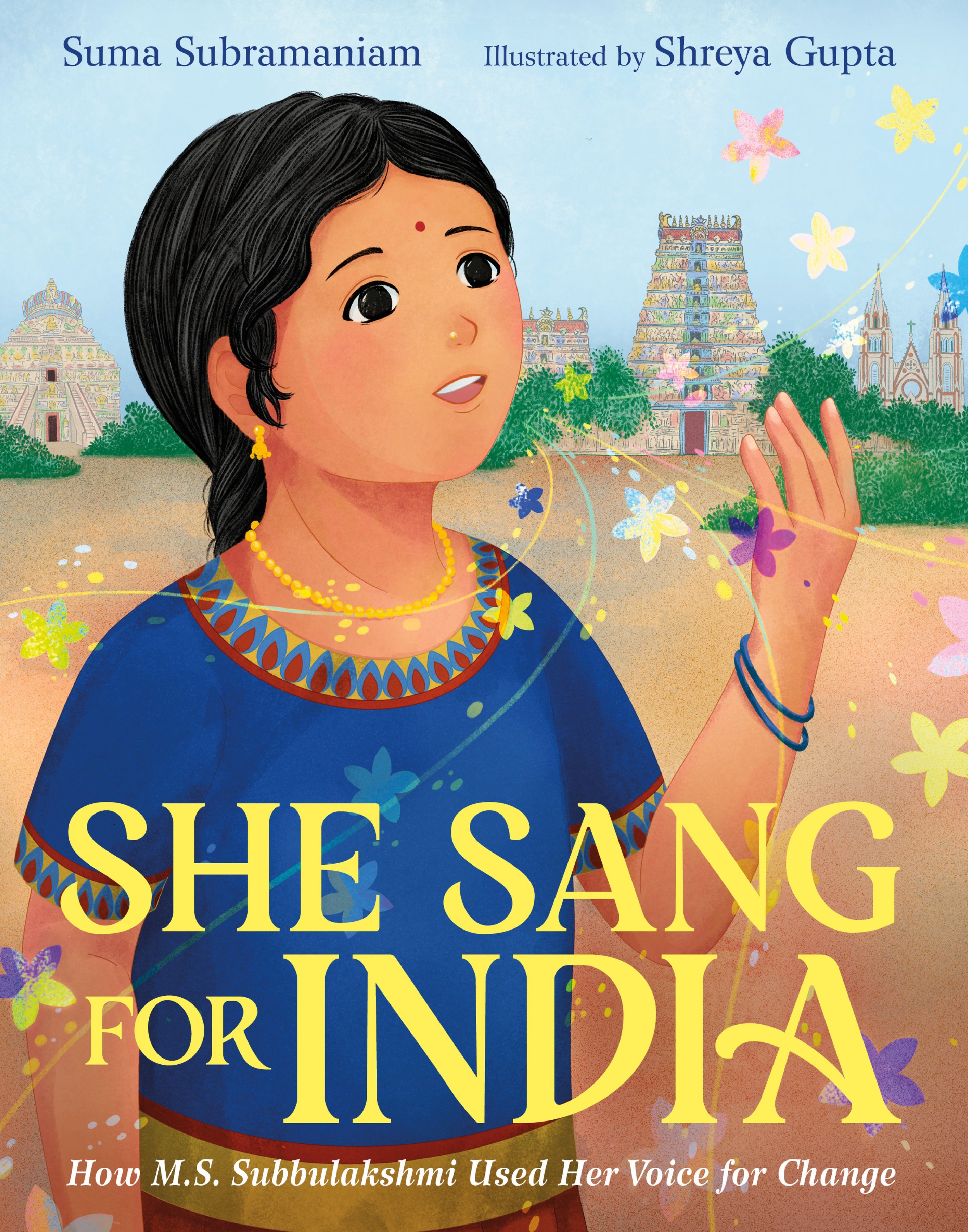
Guest post: Suma Subramaniam on She Sang for India
From Suma Subramaniam: When I started writing about M.S. Subbulakshmi, I had it in my head that this wasn’t going to be an arduous task. Her story was all over the internet. It wouldn’t take much effort because she was famous, well-respected, and well-known among people from India and the diaspora.
By the time I finished the draft, I learned how fallible I was. Every book presents its challenges, and this project wasn’t short of that.

Color, Taste and the Ancient Greeks and Romans
Back in 2018, which is of course an age ago in terms of all that has transpired, I wrote about a New Yorker article suggesting that lush, lavish, bright color was not just a possibility but a probability in the sculpture of ancient Greece and Rome.
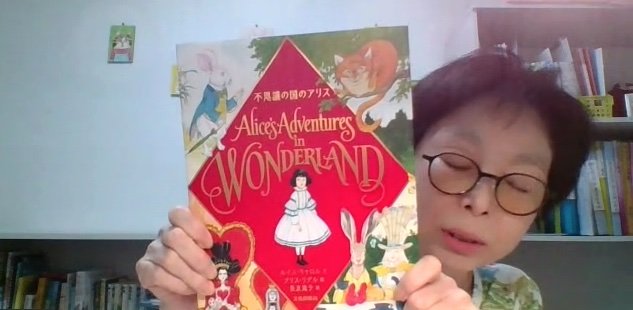
Process Talk: A Conversation with Translator Keiko Nagatomo, Part 2
Japanese translator Keiko Nagatomo and I traded emails and followed up with a Zoom call. Here are a couple of snippets from that video, along with Keiko reading chapter 1 of the Japanese edition of Nook Uncle and Me.
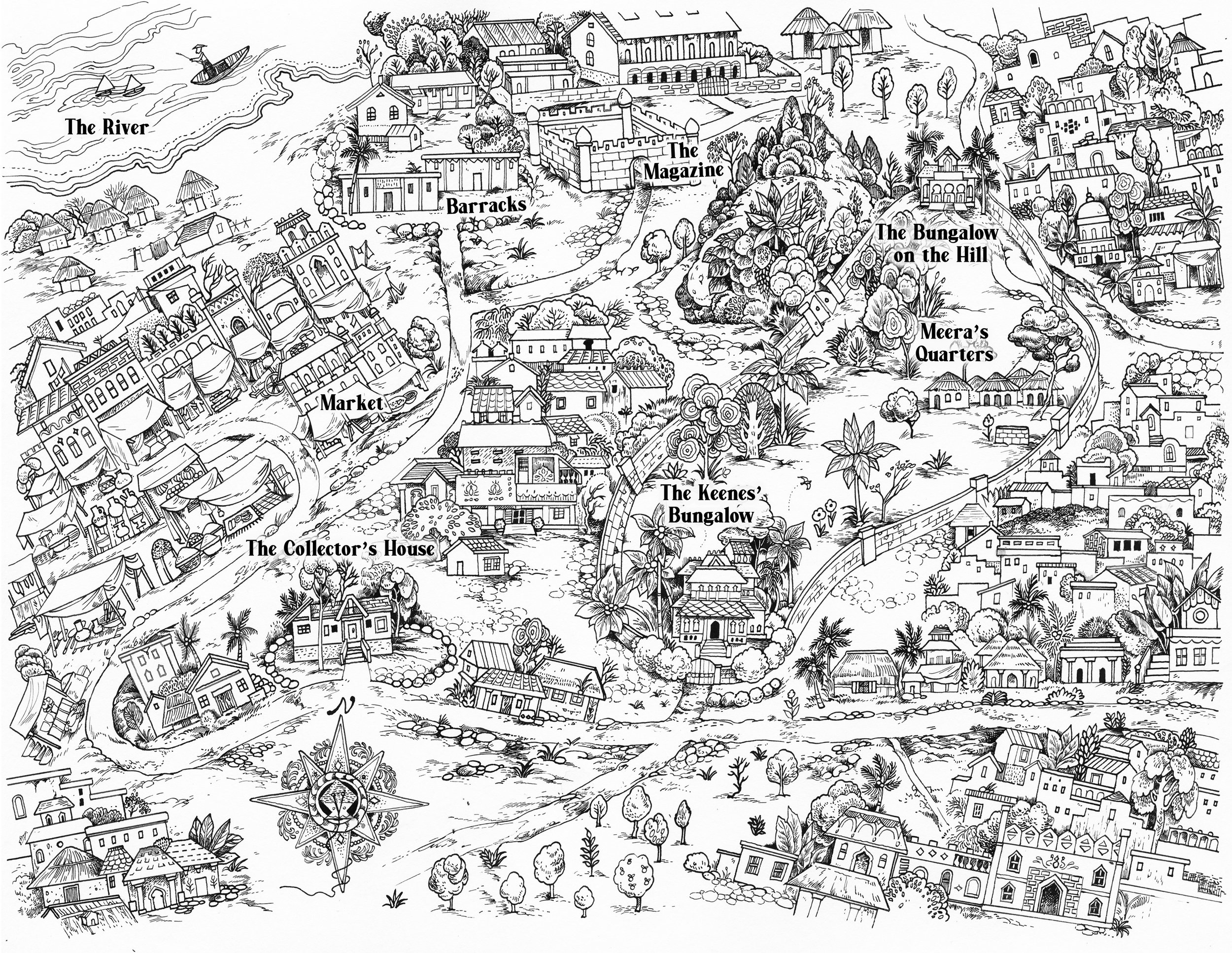
Guest Post: Supriya Kelkar on Strong as Fire, Fierce as Flame
A densely drawn map will lure me into a book anytime, and this one worked its magic. The backdrop to the story is 1857, the year that Indian troops rebelled against the East India Company, the world’s first multinational, which had occupied large territories in India, taxed local people, and maintained a standing army.
The map is from the front matter of a middle grade historical novel from Tu Books/Lee and Low, Strong as Fire, Fierce as Flame. A Jane Addams Honor book, it’s also a 2021-22 Read Across America selection and a 2022 Global Read-Aloud Choice for middle school. I asked author Supriya Kelkar to tell me more how she visualized her fictional Indian town of Indranagar.

Guest Post: Sara Greenwood on My Brother is Away
In My Brother is Away, a young girl speaks her truth about her relationship with her brother, which has been fractured by his incarceration and its impact on family and community.

Fly With Me Kite Festival
On August 20th this year, people in more than 30 cities across the U.K., Europe and the U.S. participated in a kite festival to mark one year since Afghanistan fell to the Taliban. In truth, “fall” may not be the best way to put it. The story is so much more complicated than such shorthand can convey.
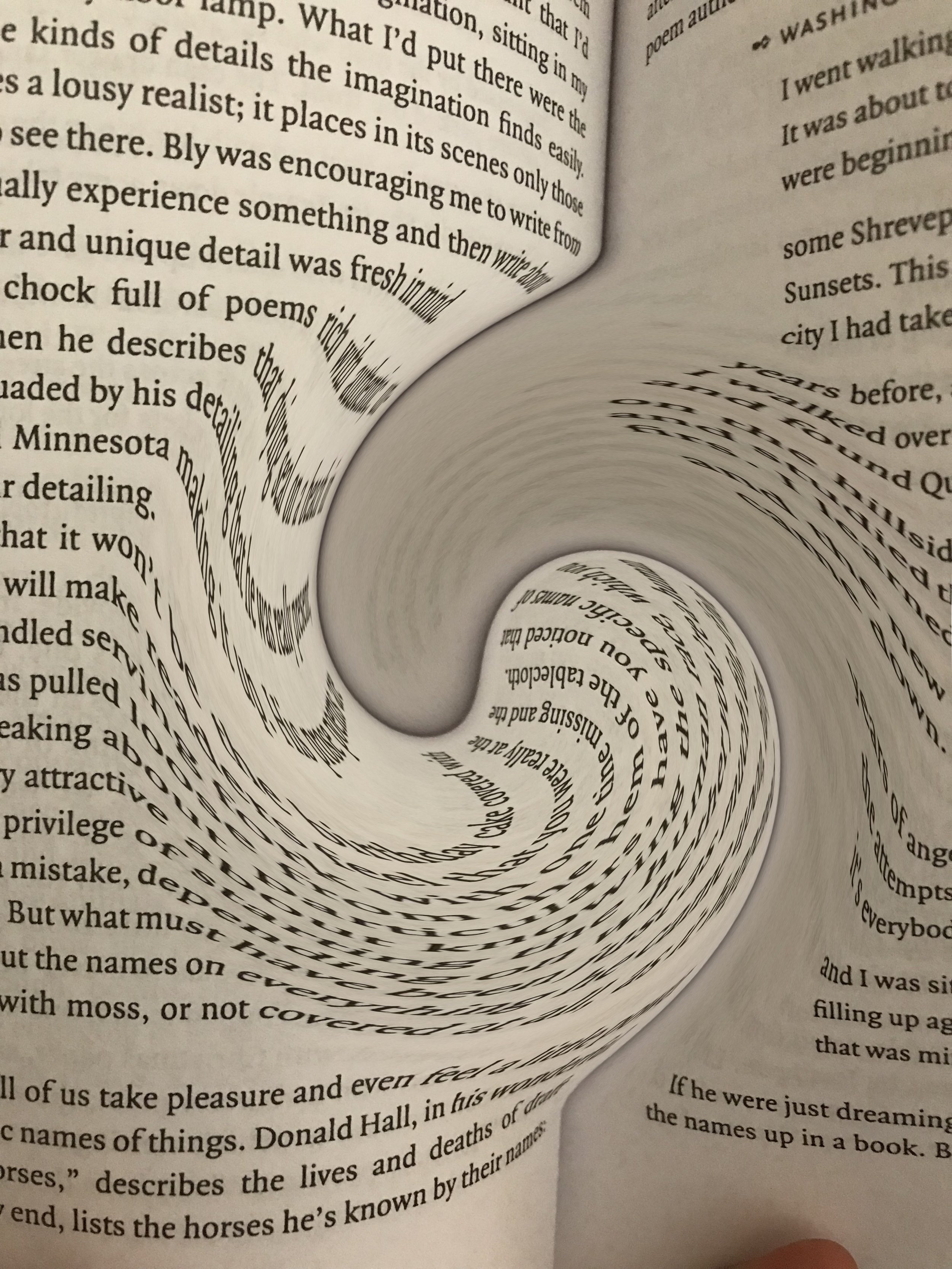
(Dis)Organizing a Draft, Part 2
As I work my way through drafts of the opening chapters of the nonfiction book that is my current work in progress, I find myself needing to read—Ted Kooser’s slim little volume of practical advice to poets, The Poetry Home Repair Manual:
Why this particular craft book when poetry is not what I am writing?
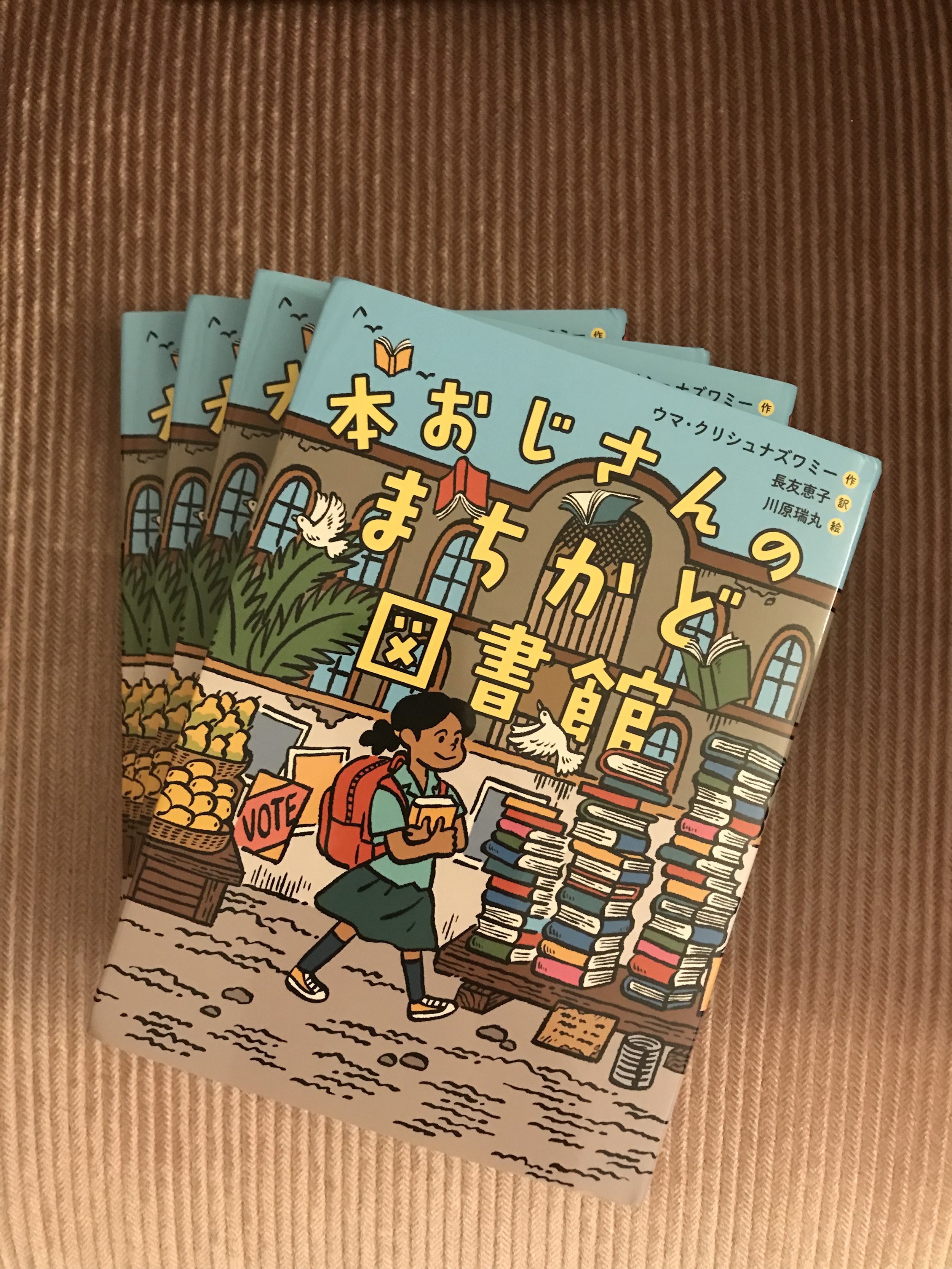
Process Talk: A Conversation with Translator Keiko Nagatomo, Part 1
While Keiko Nagatomo was working on translating Book Uncle and Me into Japanese, she sent me some questions through my agent—things she was puzzled by or want to know more about.
Never has a translator of any of my books reached out that way before. We ended up having a delightful correspondence. In turn, Keiko graciously consented to answer my questions.
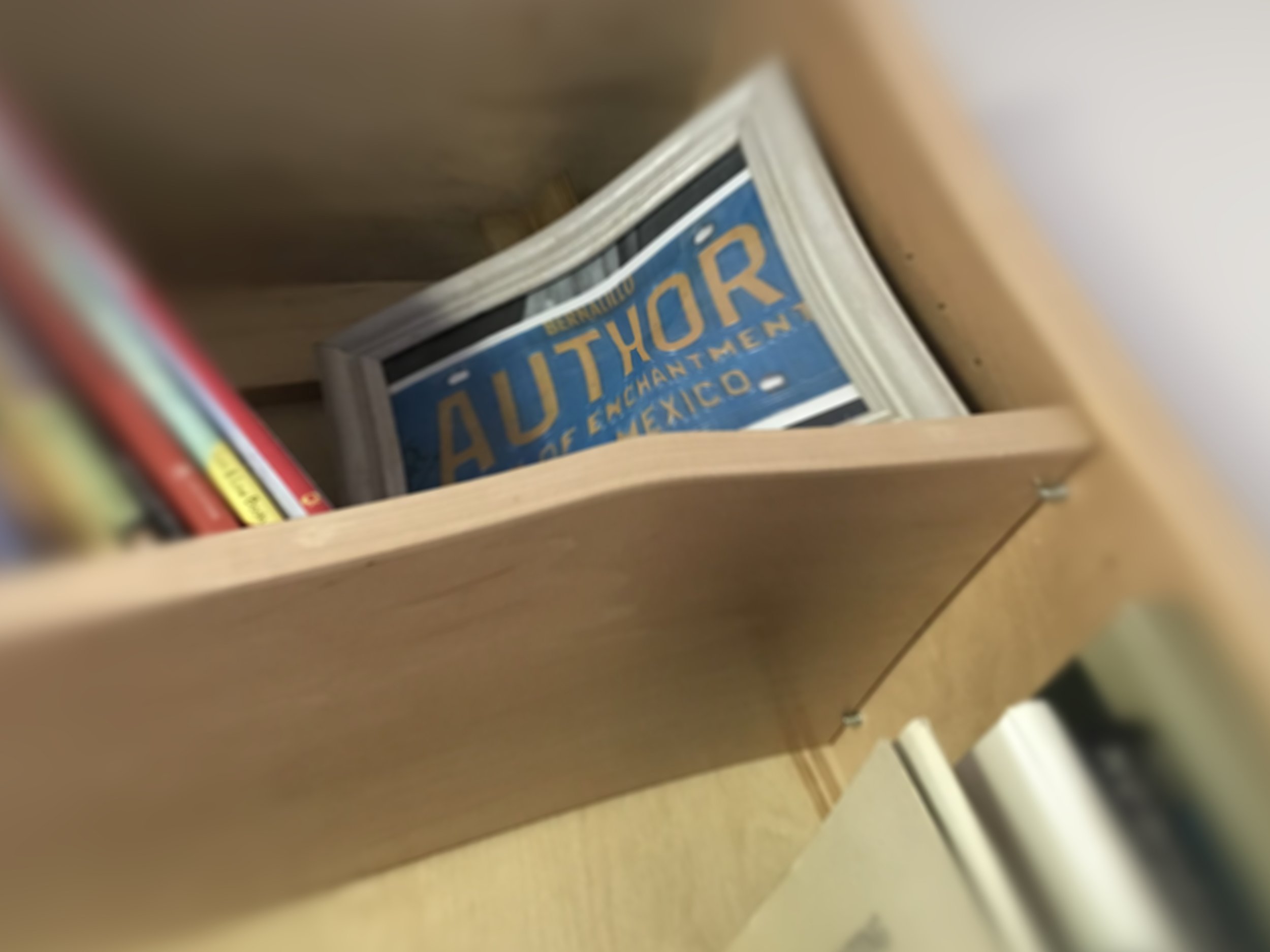
Vocabulary Word: Monopsony
Over the years I have tried to be more of a writer than an author, which has meant not focusing on the business end of publishing more than I have to. It’s a weird business that sometimes pretends not to be a business at all and mostly behaves like no other business I can think of. But it's hard to ignore the fact that the United States Department of Justice has brought an anti-trust trial against two of the Big Five, Penguin Random House and Simon & Schuster.
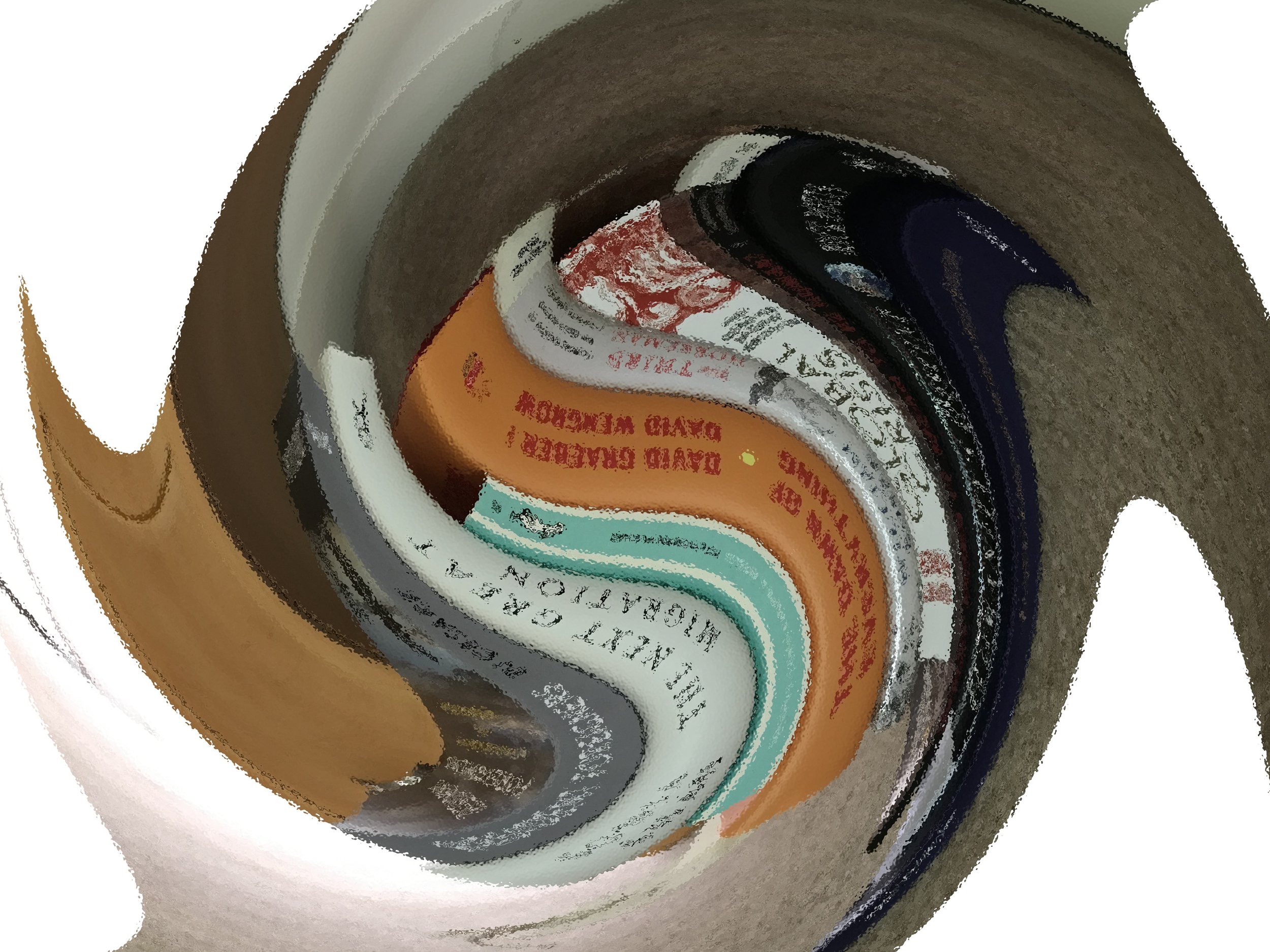
(Dis)Organizing a Draft, Part 1
I am now writing a drafty (very drafty) version of what I think will become Chapter 4 of an upper middle grade (possibly YA) nonfiction book. I intend to present the intersections of two large topics. I intend to go back quite a way in time.
I know I need to organize my research, keep track of pictures and sources, maintain a running reading list and lists of physical sources as well as links. Set things up so I don’t lose all that good stuff I’ve found by delving into rabbit-holes of history and science.
But how do I keep it from setting into the mental equivalent of poured concrete?

Chapter Openings of Opening Chapters: The Widows of Malabar Hill by Sujata Massey
I’m always curious to see how writers handle the opening lines of early chapters. My own first chapters often fall off between the first draft and the last, or else they get heavily revised as the story settles into place. It’s always encouraging when opening sentences manage to remain intact, telling me that my story instincts were sound to begin with.

Guest Post: Sathya Achia on In My Hands
Sathya Achia weaves the complexity of gods and demons and magic with the life of 16-year-old Chandra, who’s confronted with rising danger from a supernatural enemy that threatens everyone she loves. Achia’s cultural backdrop is particularly interesting because it’s very specific, drawn from the author’s own ancestral Kodava culture (related to a specific ethnolinguistic group of southern India).
“Selavu is not so much of a weapon as it is a shield. Same with those cuffs they are part of traditional Kodaguru warrior armor,” Gowramma says, forcing me to think, but I can’t because my head is throbbing, and my thoughts are foggy. “Learn to look deeper. Nothing is ever as it seems.”
— In My Hands by Sathya Achia
In this fast-paced tale of curses and battles, but also of family and community and one girl’s struggle to meet her destiny, nothing is as it seems. I’m delighted to welcome Sathya Achia to tell us more about her novel, from Ravens & Roses.
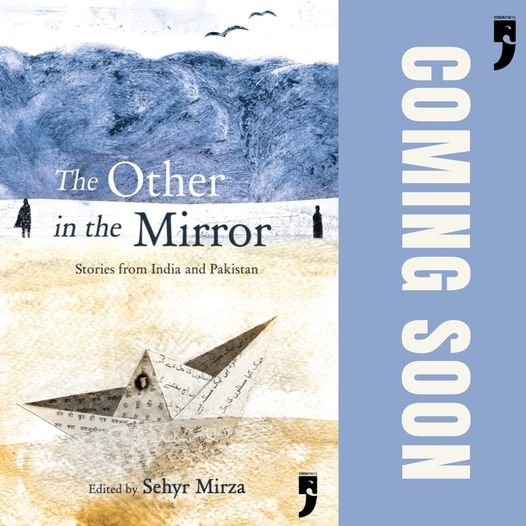
Setting: Interior Landscapes
There are interior landscapes among us badly in need of just the kind of rewilding that ecologists are calling for in the real world. It’s worth remembering that the Indian subcontinent, like the planet itself, is shared space.
A couple of years ago, right around the first uneasy rumbles of the Covid pandemic, I received a request for a short story from Sehyr Mirza, a Pakistani creative writer and journalist who was planning to edit an anthology of short stories for young readers. Here is the ethereal jacket image now created by Priya Kuriyan for that anthology, The Other in the Mirror: Stories From India and Pakistan, coming soon from Yoda Press in India and Folio Books in Pakistan!
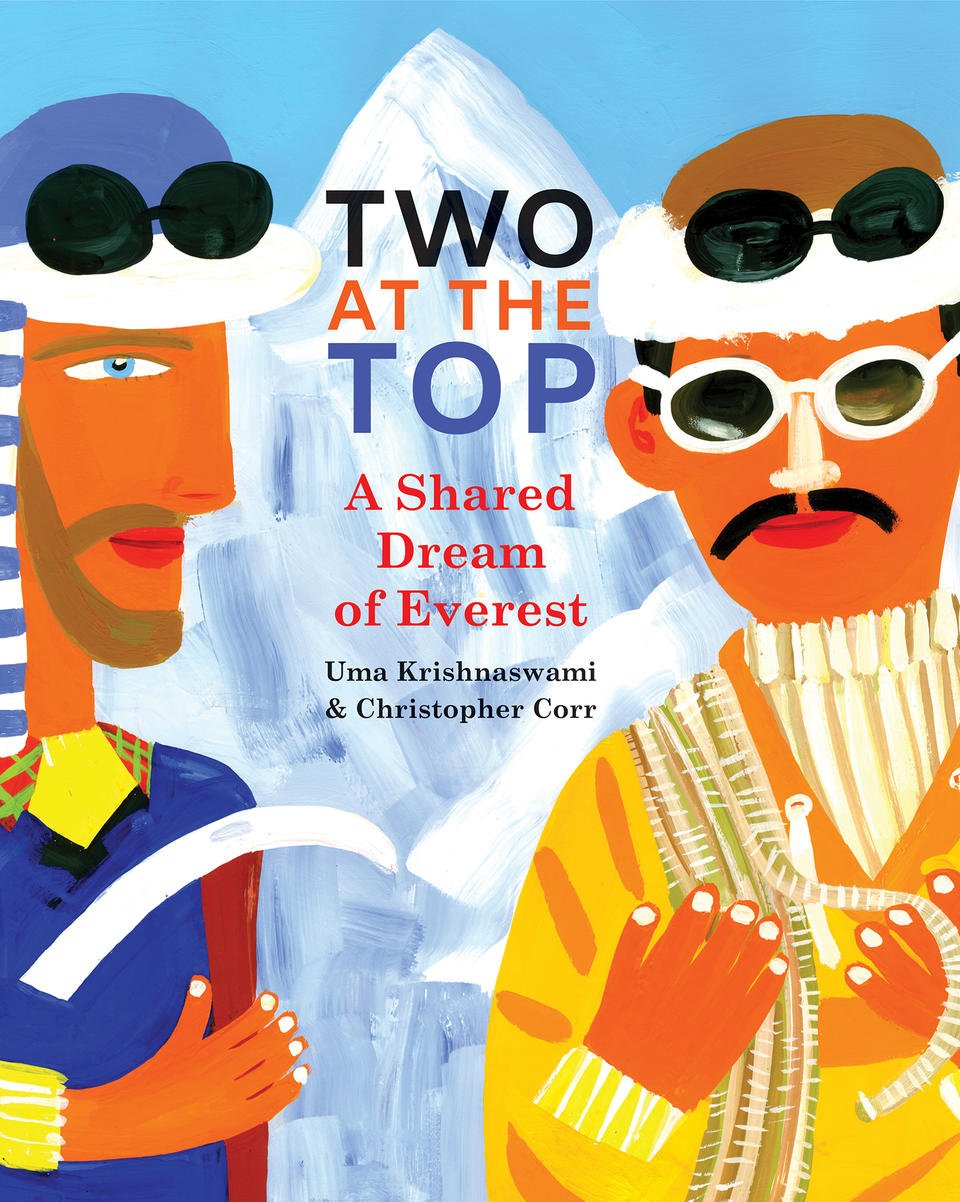
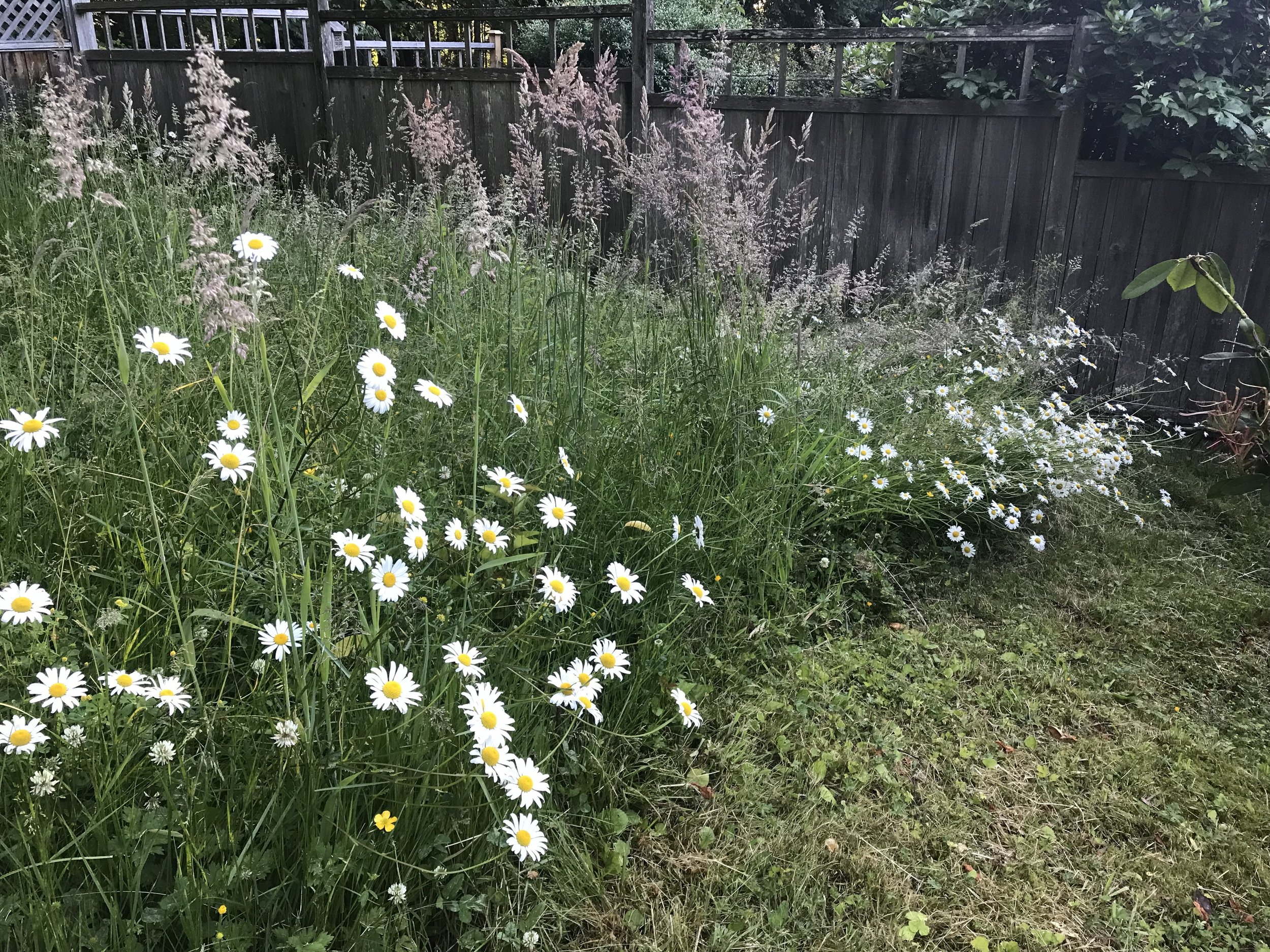
Setting: The Case for Rewilding
Singer-songwriter and UN Ambassador Ellie Goulding makes the case for rewilding the spaces we live in—and ourselves. Snippet:
We know that for clean water, you need healthy forests; to balance carbon, you need healthy seas and peat bogs, mangroves and seagrass. Nature isn’t just nice scenery. We are nature – and we depend on it.
In Karachi, Pakistan, architect and activist Tariq Qaiser is desperate to save an island he sees as a ”terrestrial incarnation of Abdullah Shah Ghazi, the patron Sufi saint of Karachi, who protects the city from storms, disease, and hunger.”


“Sometimes humans get it right”
Darcy Pattison’s picture book, Diego: The Galápagos Giant Tortoise, illustrated by Amanda Zimmerman, is a loving account of a place and the story of one species within its complex ecosystem. It’s also the story of a species climbing back into the world from the terrible brink of extinction.


The Words in Picture Books: The Snail With the Right Heart by Maria Popova
The Snail With the Right Heart by writer and much-beloved blogger Maria Popova takes on gender and genetics, love and death, evolution and the surprise of unexpected mutations, in the same way that Marion Dane Bauer’s The Stuff of Stars engages with cosmology and evolution and the big, beautiful questions of who we are and why it matters.
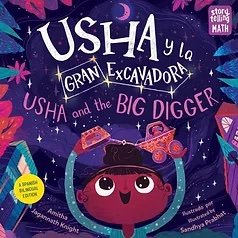
Guest Post: Amitha Jagannath Knight on Usha and the Big Digger
“Usha loved trucks. She made them bump and roll.” Who could not love this child who’s equally fervent about things on wheels and things in the sky? In advance of the Spanish edition to come in July (Usha y la Gran Excavator) I invited Amitha Jagannath Knight, writer and author of this charmer of a book, to post about how her Usha came to be.
